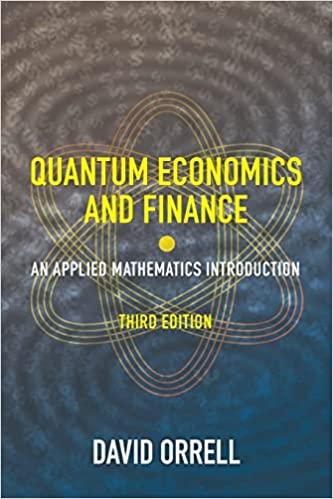
Specifically, you have been asked to go through the calculation of various option prices using both binomial trees and the Black-Scholes model. The example to be used is as follows: The IBEX 35 (which covers the 35 most liquid stocks traded on the Bolsa de Madrid, Spain's principal stock exchange) is currently trading at 7,950 (index points). The dividend yield of the index is 3.9% per annum and the risk-free interest rate in Spain is 2.9% per annum (both with continuous compounding for all maturities). The volatility of the index over the next year is also estimated to be 33% per annum. Given your expertise in option valuation you decide to use a four-step binomial tree to calculate the following derivative values (in units of index points, to two decimal places): (a) A one-year European put option on the index with a strike of 8,000. Calculate also the value of the option by using the Black-Scholes formula. Compare the values and comment. (b) A one-year American put option on the index with a strike of 8,000. Is the answer different to the answer from (a)? Is so, explain why. (c) A short position in a forward contract on the index for delivery in one year at a price of 8,000. Calculate also the theoretical value of this forward position. Compare these values (the theoretical and binomial tree values) and comment. Hint: the fair forward price that would be agreed for new contracts today is different to 8,000 and hence the forward contract in question has a non-zero value. (d) An American down-and-out barrier put option with a strike of 8,000 and knockout barrier of 6,000 maturing in one year. An American down-and-out put option gives the holder the right to sell the underlying asset at the strike price at any time on or prior to the expiration date so long as the price of that asset did not go below a pre-determined barrier during the option's lifetime. When the price of the underlying asset falls below the barrier, the option is "knocked-out" and no longer carries any value. Comment on the value of this option relative to the option in (b) and explain any differences. Would the value of this option change if the knockout barrier was decreased from 6,000 to 5,000? Is so, comment on the reason why. Specifically, you have been asked to go through the calculation of various option prices using both binomial trees and the Black-Scholes model. The example to be used is as follows: The IBEX 35 (which covers the 35 most liquid stocks traded on the Bolsa de Madrid, Spain's principal stock exchange) is currently trading at 7,950 (index points). The dividend yield of the index is 3.9% per annum and the risk-free interest rate in Spain is 2.9% per annum (both with continuous compounding for all maturities). The volatility of the index over the next year is also estimated to be 33% per annum. Given your expertise in option valuation you decide to use a four-step binomial tree to calculate the following derivative values (in units of index points, to two decimal places): (a) A one-year European put option on the index with a strike of 8,000. Calculate also the value of the option by using the Black-Scholes formula. Compare the values and comment. (b) A one-year American put option on the index with a strike of 8,000. Is the answer different to the answer from (a)? Is so, explain why. (c) A short position in a forward contract on the index for delivery in one year at a price of 8,000. Calculate also the theoretical value of this forward position. Compare these values (the theoretical and binomial tree values) and comment. Hint: the fair forward price that would be agreed for new contracts today is different to 8,000 and hence the forward contract in question has a non-zero value. (d) An American down-and-out barrier put option with a strike of 8,000 and knockout barrier of 6,000 maturing in one year. An American down-and-out put option gives the holder the right to sell the underlying asset at the strike price at any time on or prior to the expiration date so long as the price of that asset did not go below a pre-determined barrier during the option's lifetime. When the price of the underlying asset falls below the barrier, the option is "knocked-out" and no longer carries any value. Comment on the value of this option relative to the option in (b) and explain any differences. Would the value of this option change if the knockout barrier was decreased from 6,000 to 5,000? Is so, comment on the reason why







